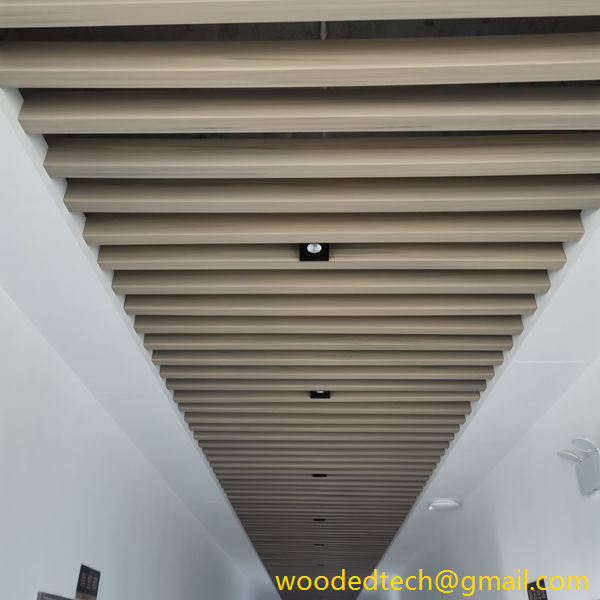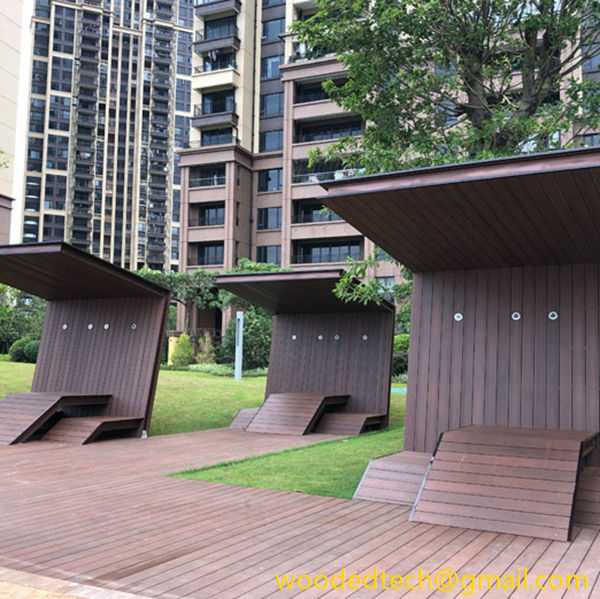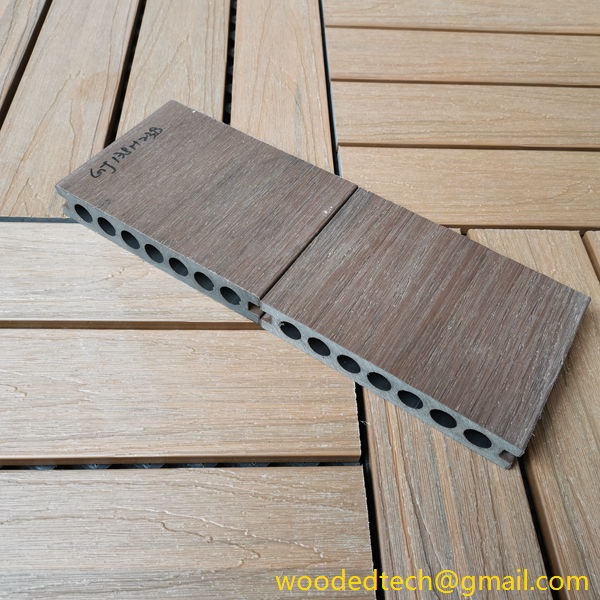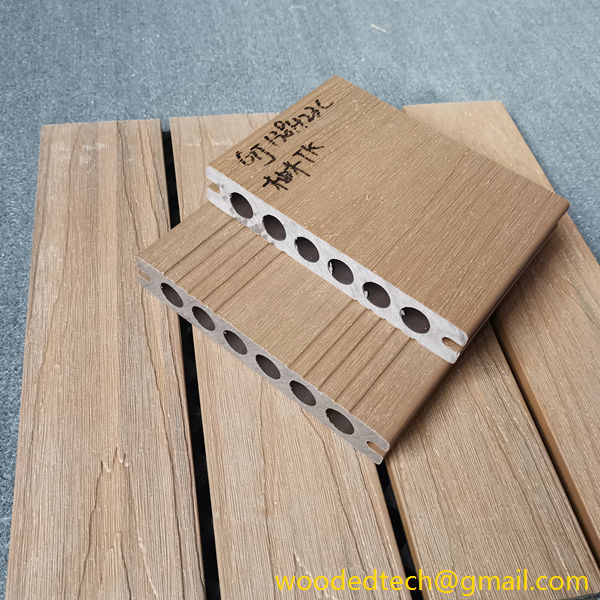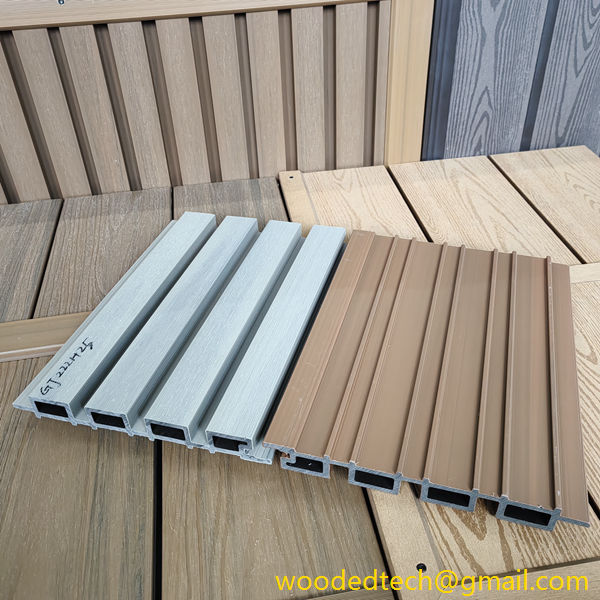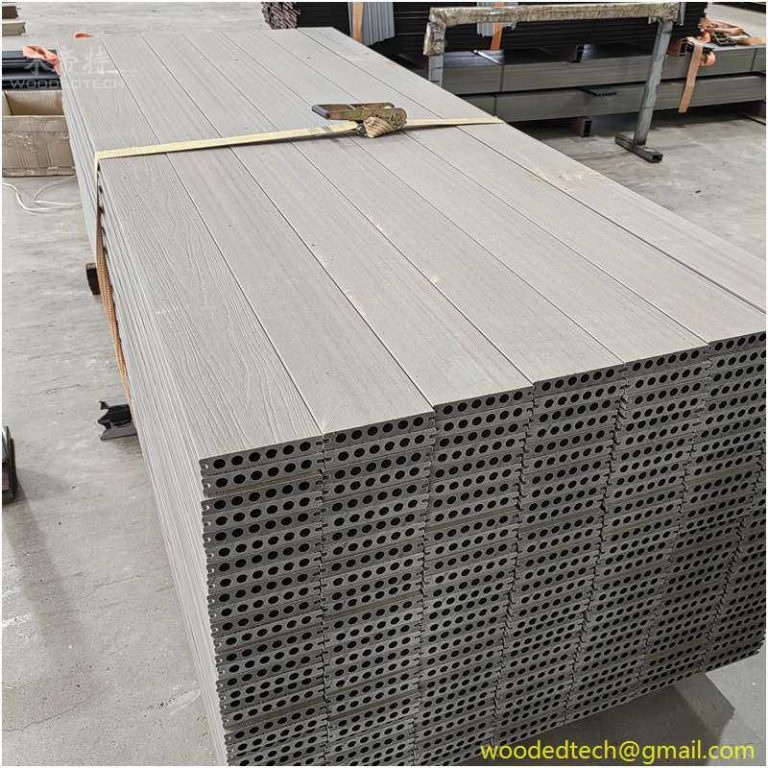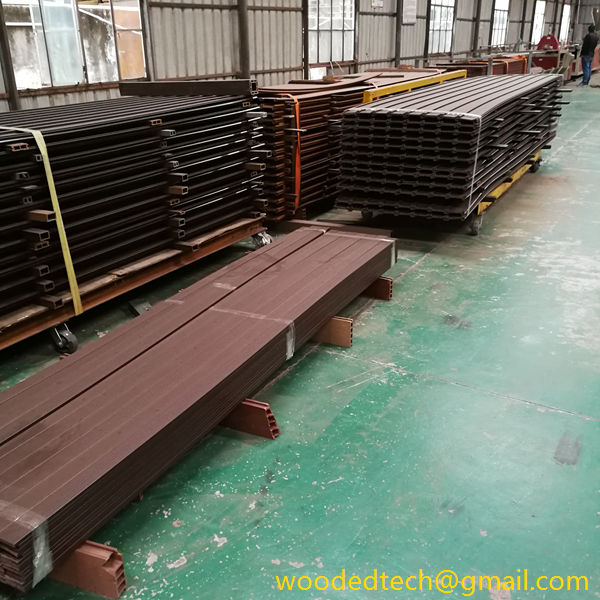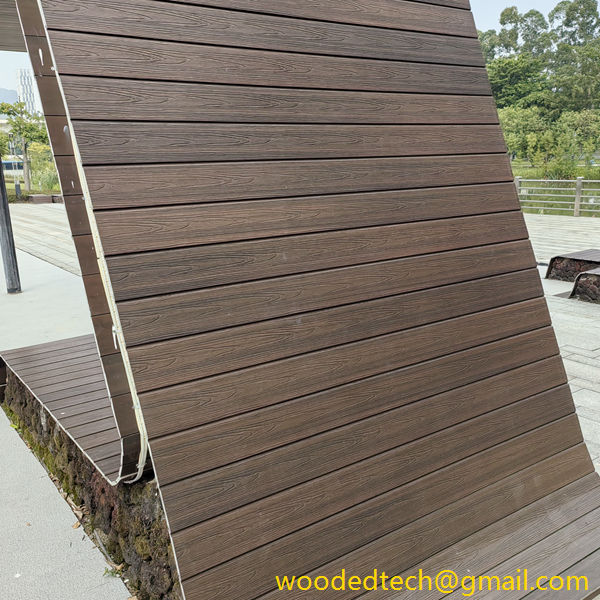Изучите варианты внешнего дизайна панелей из ДПК для создания современного эстетического образа
Изучите варианты внешнего дизайна панелей из ДПК для современной эстетики Когда речь заходит о современном архитектурном дизайне, одним из наиболее важных аспектов, которые необходимо учитывать, является внешняя отделка здания. Внешний дизайн не только вносит свой вклад в общую эстетическую привлекательность, но и играет решающую роль в функциональности и обслуживании...
Изучите варианты внешнего дизайна панелей из ДПК для создания современного эстетического образа
When it comes to modern architectural design, one of the most significant aspects to consider is the exterior finish of a building. The exterior design not only contributes to the overall aesthetic appeal but also plays a crucial role in the functionality and maintenance of the structure. In recent years, Wood Plastic Composite (WPC) panels have emerged as a popular choice for exterior applications, providing a contemporary look while ensuring durability and low maintenance. This article will explore various design options for WPC panels that cater to a modern aesthetic, emphasizing their advantages in creating stunning exteriors with minimal upkeep.
WPC panels are composed of a combination of wood fibers and plastic, resulting in a material that offers the warmth of wood without the drawbacks associated with traditional timber. One of the most significant benefits of WPC panels is their resistance to the elements. Unlike wood, which can warp, crack, or rot when exposed to moisture, WPC panels are engineered to withstand the challenges posed by weather conditions. This means that they do not require regular treatments, painting, or staining, making them an ideal choice for those who prefer a maintenance-free solution in the later stages of their building’s lifecycle.
When considering design options for WPC panels, it is essential to recognize the versatility these materials offer. They come in a wide array of colors, textures, and finishes, allowing for creative expression in modern architecture. For a sleek and sophisticated look, homeowners and architects can opt for WPC panels with a smooth finish. These panels can be painted or stained in neutral shades like gray, beige, or white, creating a minimalist aesthetic that complements contemporary styles. The seamless appearance of smooth WPC panels can enhance the clean lines often found in modern design, contributing to a sense of elegance and simplicity.
For those seeking a more textured appearance, WPC panels with a wood-grain finish can provide the visual warmth of natural wood while reaping the benefits of composite materials. This design option allows for a modern take on traditional wood siding, merging the classic look with modern durability. Textured WPC panels can come in various shades, mimicking the appearance of different wood species, from rich mahogany to light oak. This versatility enables architects and designers to create a harmonious blend of modern and traditional elements, making it suitable for a wide range of architectural styles.
In addition to color and texture, the installation patterns of WPC panels can significantly influence the overall aesthetic of a building. Horizontal and vertical panel arrangements can create different visual effects, with horizontal lines often contributing to a sense of stability and width, while vertical lines can enhance the perceived height of a structure. By strategically placing WPC panels in varying orientations, designers can achieve dynamic visual interest that captivates the eye and adds depth to the facade.
Another exciting design option is the integration of WPC panels with other materials. Combining WPC with glass, metal, or stone can create a striking contrast that elevates the overall design. For instance, pairing WPC panels with large glass windows not only allows for abundant natural light but also creates a seamless transition between the interior and exterior spaces. The interplay of materials can enhance the modern aesthetic, creating a contemporary look that is both inviting and functional.
Moreover, WPC panels can be utilized in innovative ways, such as creating architectural features like accent walls, pergolas, or privacy screens. These applications enhance the design of outdoor living spaces while maintaining a cohesive look with the building’s exterior. For instance, a WPC panel privacy screen provides both functionality and style, offering seclusion without sacrificing aesthetics. These features can be tailored to suit the specific needs of a project while maintaining the modern design ethos.
Sustainability is another critical consideration in modern architecture, and WPC panels align well with this trend. Made from recycled materials, WPC panels contribute to reducing waste and promoting eco-friendly building practices. Additionally, their longevity and low maintenance requirements mean that they do not need to be replaced frequently, further minimizing environmental impact. This commitment to sustainability resonates with modern homeowners and builders who prioritize environmentally responsible choices in their projects.
In conclusion, WPC panels offer a plethora of design options that cater to a modern aesthetic while providing the advantage of being maintenance-free in the later stages of a building’s lifecycle. Their versatility in color, texture, and installation patterns allows for creative expression, enabling architects and designers to craft stunning exteriors that reflect contemporary tastes. The ability to integrate WPC panels with other materials adds further dimension to modern designs, while their sustainable attributes align with the growing demand for eco-friendly building solutions. As the architectural landscape continues to evolve, WPC panels stand out as a practical and stylish choice for those seeking to create beautiful, modern exteriors that require minimal upkeep.

